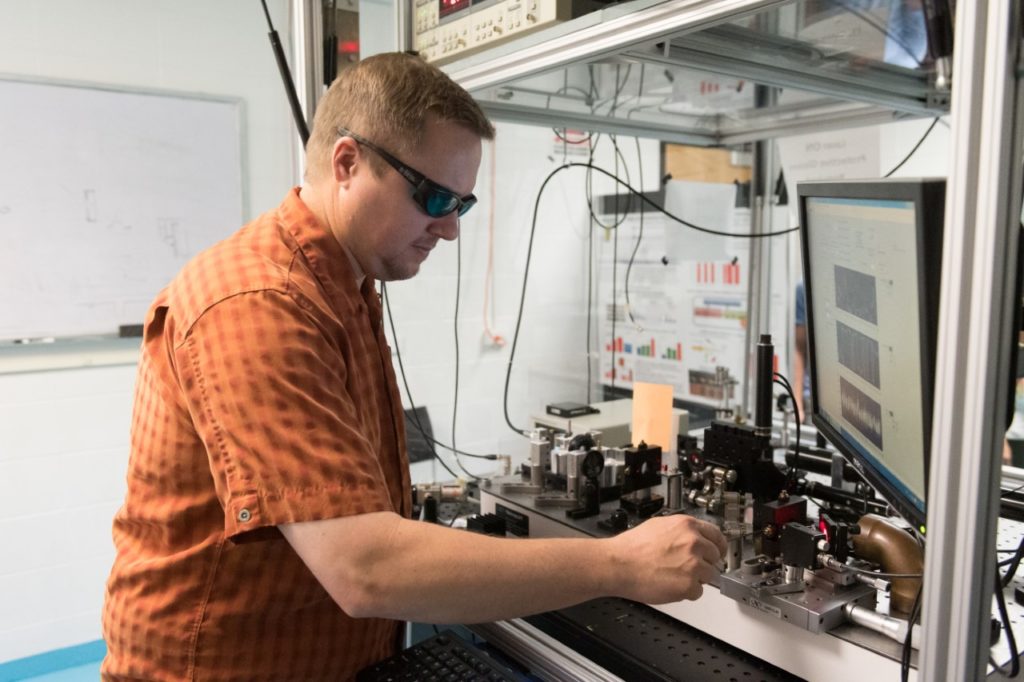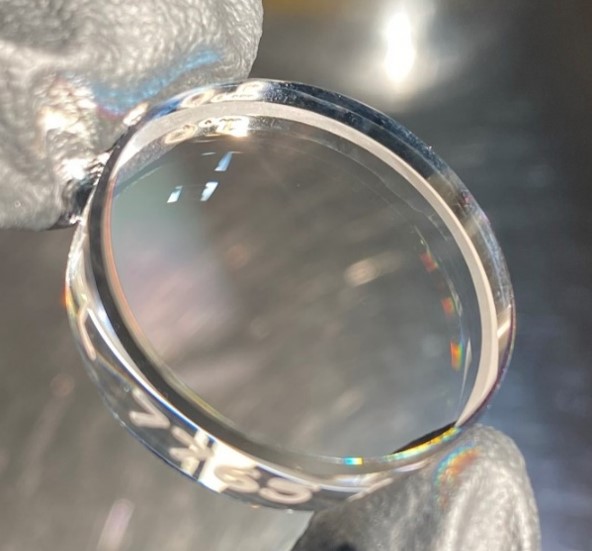
Researchers at Colorado State University have developed a new mirror coating technology that will help an international team of scientists, known as the Laser Interferometer Gravitational Wave Observatory (LIGO) collaboration, extend its reach into the cosmos.
Four years ago, CSU joined the LIGO Scientific Collaboration, the Nobel-winning science team responsible for the groundbreaking discovery of gravitational waves from the collision of two black holes 1.3 billion light years away. The 950-member team has since detected dozens of similar cosmic events that travel through space and time like ripples in water.
Now, the CSU research group – led by University Distinguished Professor Carmen Menoni – has published a new study that represents an important step forward in LIGO’s mission to increase the detection rate of gravitational waves and unlock mysteries of the universe, such as how black holes form.
Nanoscale advances expand detection of astronomical events
The CSU team is collaborating with partners at Caltech, University of Montreal, and Stanford University to improve the sensitivity and frequency of LIGO’s observations by enhancing the coatings on glass mirrors inside interferometers – the instruments used to detect large-scale cosmic events.
“As we work to expand our hunt for gravitational waves, we are improving one of LIGO’s technologies – the coatings of the mirror test masses, which are limiting the sensitivity of the interferometers,” said Electrical and Computer Engineering Professor Menoni, who holds courtesy appointments in the Department of Chemistry and Schools of Biomedical Engineering and Advanced Materials Discovery.

The mirrors are responsible for reflecting laser beams that are sensitive to rippling gravitational signals. While the sophisticated coatings make these mirrors more reflective and generally more sensitive to cosmic rumblings, they also can lead to background noise in the instrument – noise from thermal vibrations that mask distant gravitational waves and render them undetectable.
Building on two decades of materials research, the LIGO team has developed a breakthrough coating for reducing thermal noise in the mirrors by a factor of two – the largest improvement ever measured. The new coatings, made of titanium oxide and germanium oxide, will nearly double LIGO’s reach and increase the volume of space it can probe by nearly eight times what is possible today.
Le Yang, graduate student in the Department of Chemistry, and Aaron Davenport, graduate student in Electrical and Computer Engineering, are CSU’s lead authors on a paper recently published in Physical Review Letters. The study describes the new material, the fabrication process called ion beam sputtering, and the comprehensive characterization of the state-of-the-art mirror coatings. Besides increasing the volume of space LIGO can probe, the results may also have future applications in the fields of telecommunications and semiconductors.